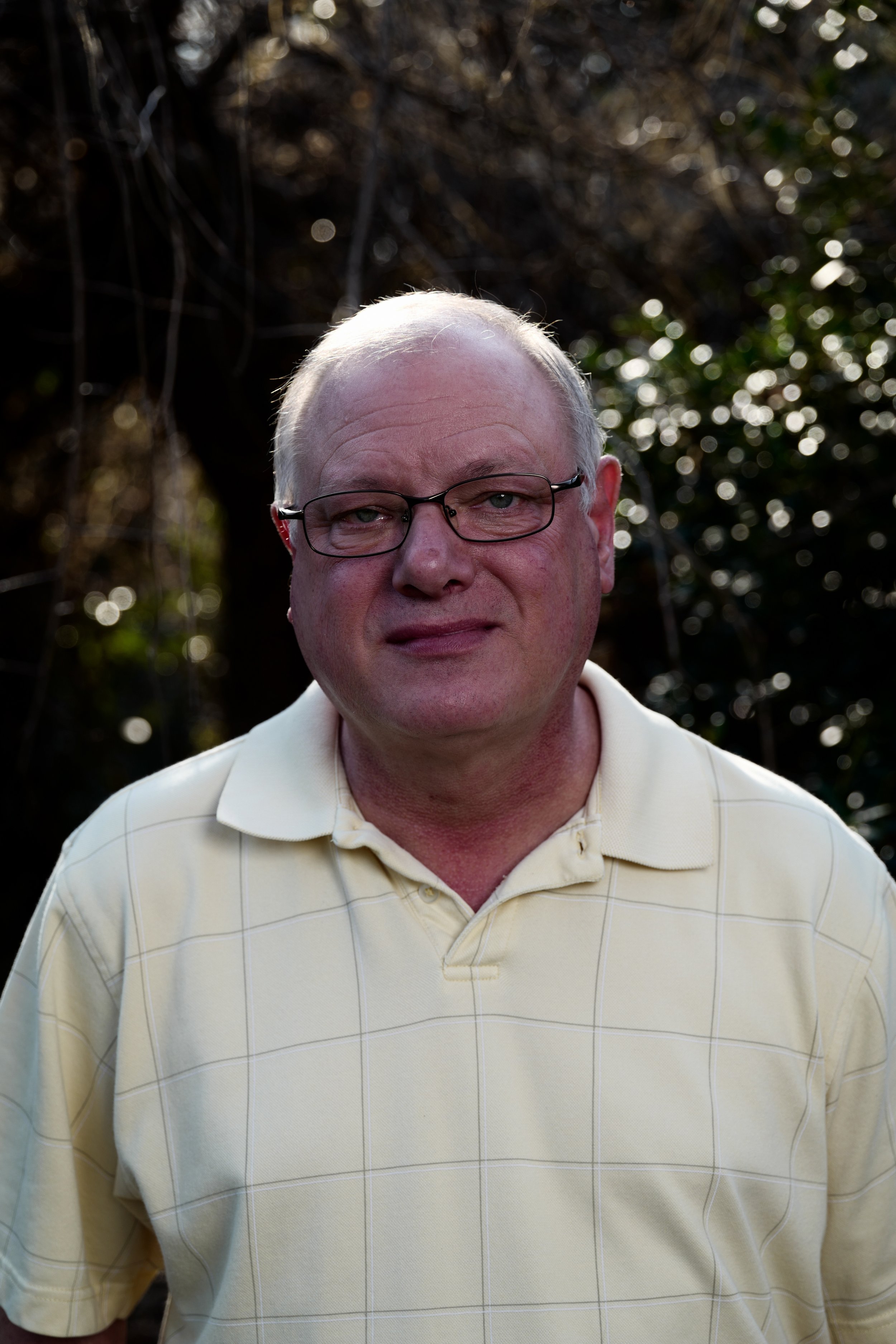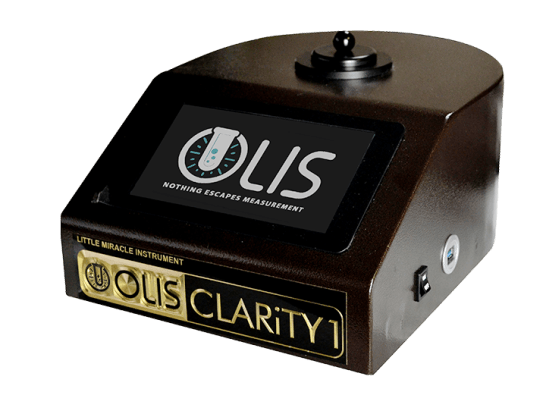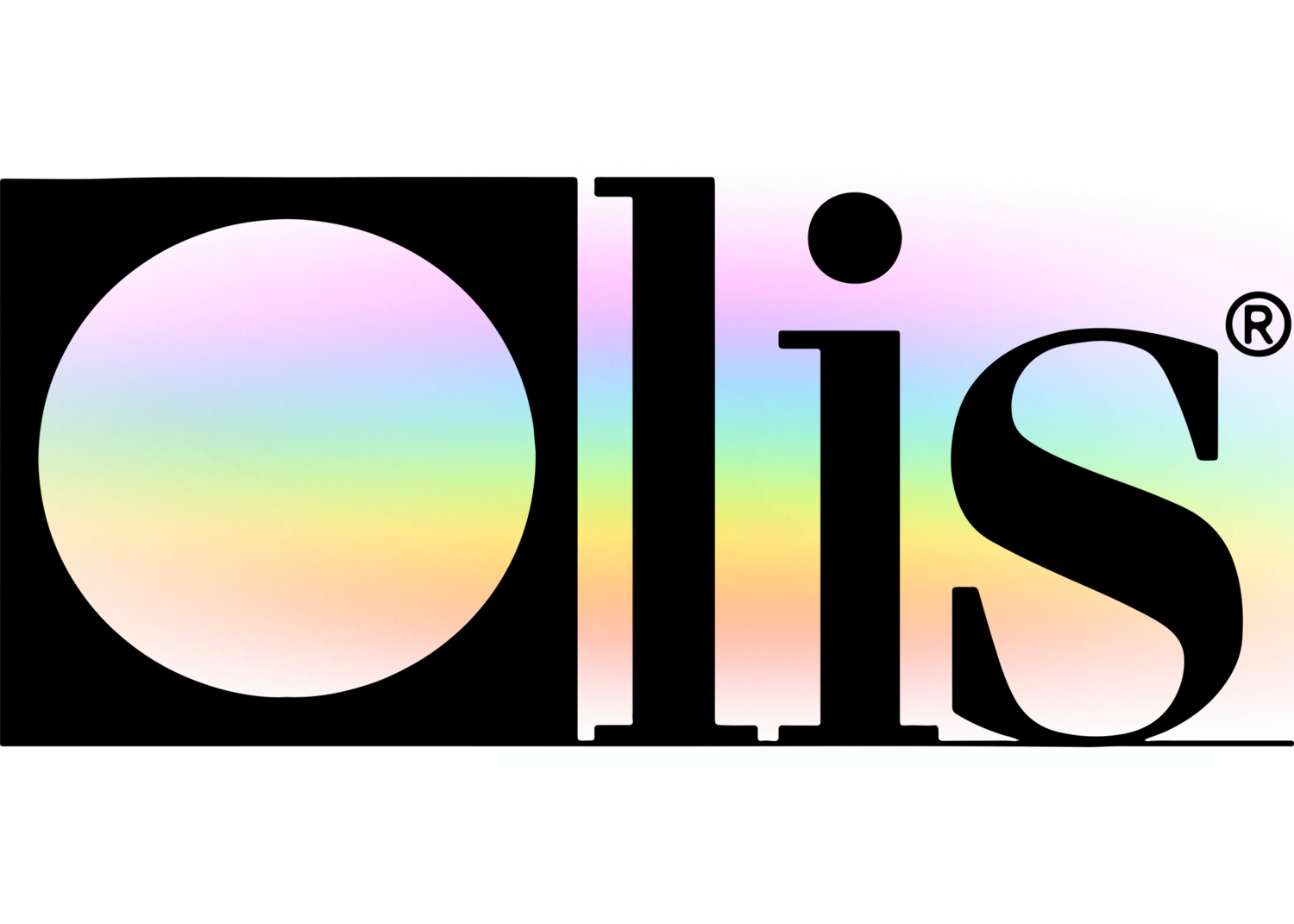Not known Facts About Uv/vis
Wiki Article
The Facts About Circular Dichroism Uncovered
Table of ContentsUv/vis/nir Can Be Fun For AnyoneGetting The Uv/vis To WorkOur Circular Dichroism IdeasWhat Does Circularly Polarized Luminescence Mean?Uv/vis for Beginners

Spectrophotometry is a tool that hinges on the quantitative analysis of molecules depending on how much light is absorbed by colored substances.
Some Known Incorrect Statements About Uv/vis
A spectrophotometer is commonly used for the measurement of transmittance or reflectance of options, transparent or nontransparent solids, such as sleek glass, or gases. Although numerous biochemicals are colored, as in, they take in visible light and therefore can be measured by colorimetric procedures, even colorless biochemicals can frequently be transformed to colored substances suitable for chromogenic color-forming responses to yield compounds suitable for colorimetric analysis.: 65 Nevertheless, they can also be developed to measure the diffusivity on any of the listed light ranges that normally cover around 2002500 nm using various controls and calibrations.An example of an experiment in which spectrophotometry is used is the decision of the equilibrium constant of an option. A particular chain reaction within a solution may occur in a forward and reverse direction, where reactants form products and items break down into reactants. Eventually, this chain reaction will reach a point of balance called an equilibrium point.
The Main Principles Of Uv/vis
The amount of light that passes through the solution is indicative of the concentration of specific chemicals that do not permit light to go through. The absorption of light is because of the interaction of light with the electronic and vibrational modes of molecules. Each type of molecule has a private set of energy levels associated with the makeup of its chemical bonds and nuclei and hence will absorb light of particular wavelengths, or energies, leading to distinct spectral homes.
They are extensively used in many markets consisting of semiconductors, laser and optical manufacturing, printing and forensic assessment, as well as in laboratories for the research study of chemical compounds. Spectrophotometry is often utilized in measurements of enzyme activities, determinations of protein concentrations, decisions of enzymatic kinetic constants, and measurements of ligand binding reactions.: 65 Ultimately, a spectrophotometer is able to figure out, depending on the control or calibration, what substances are present in a target and exactly how much through estimations of observed wavelengths.
Invented by Arnold O. Beckman in 1940 [], the spectrophotometer was developed with the help of his associates at his company National Technical Laboratories founded in 1935 which would become Beckman Instrument Company and ultimately Beckman Coulter. This would come as an option to the previously developed spectrophotometers which were not able to absorb the ultraviolet properly.
Our Spectrophotometers Statements
It would be discovered that this did not provide satisfying results, for that reason in Design B, there was a shift from a glass to a quartz prism which permitted much better absorbance outcomes - spectrophotometers (https://www.cybo.com/US-biz/on-line-instrument-systems-olis-inc). From there, Model C was born with a change to the wavelength resolution which ended up having three systems of it producedIt irradiates the sample with polychromatic light which the sample soaks up depending upon its residential or commercial properties. Then it is sent back by grating the photodiode array which identifies the wavelength region of the spectrum. Since then, the production and application of spectrophotometry devices has increased profoundly and has ended up being one of the most ingenious instruments of our time.

Not known Factual Statements About Spectrophotometers
The grating can either be movable or repaired.In such systems, the grating is fixed and the intensity of each wavelength of light is measured by a different detector in the variety. When making transmission measurements, the spectrophotometer quantitatively compares the fraction of light her latest blog that passes through a referral solution and a test solution, then electronically compares the intensities of the 2 signals and calculates the percentage of transmission of the sample compared to the referral standard.

Report this wiki page